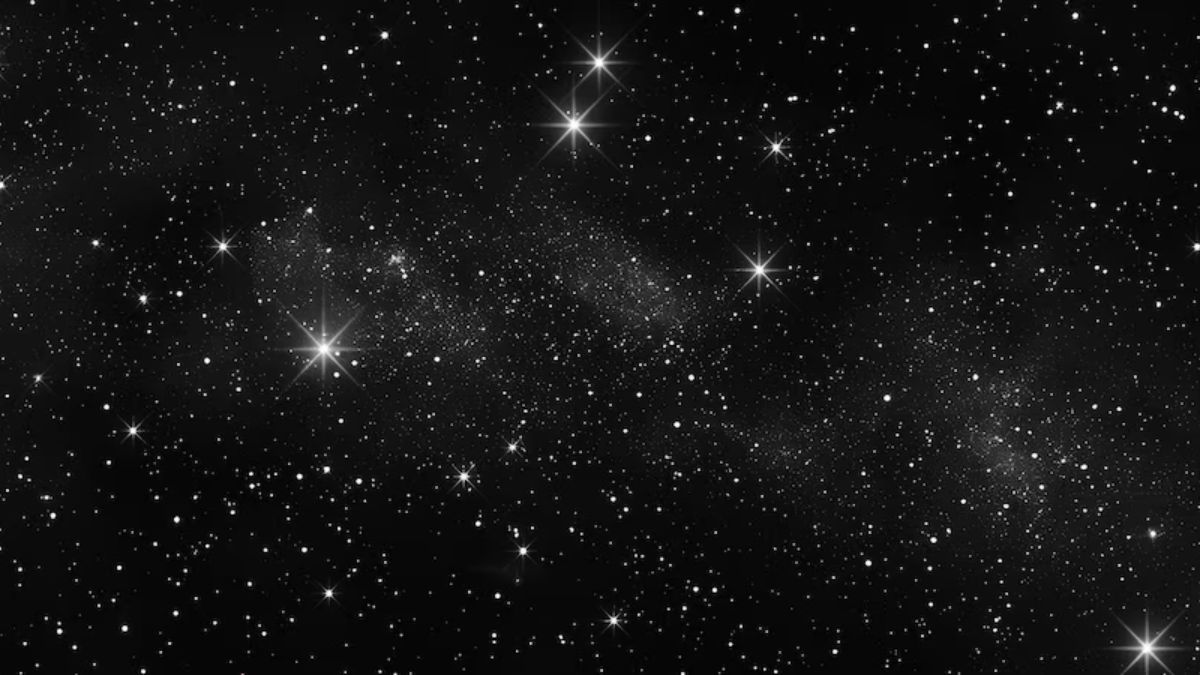The universe is a vast tapestry of wonders, and among its many threads lies the enigmatic stars-923. This celestial body has captured the attention of astronomers and stargazers alike with its peculiar traits and mysterious origins. But what exactly sets stars-923s apart from countless other stars dotting our night sky? Let’s embark on an exploration that unveils the captivating secrets behind this unique star, shedding light on its formation, characteristics, discovery, and potential impact on our understanding of the cosmos. Whether you’re an aspiring astrophysicist or simply someone who gazes at the heavens in awe, there’s much to discover about stars-923s.
What is a star and how does it form?
Stars are immense celestial bodies composed primarily of hydrogen and helium. They shine brightly due to nuclear fusion, a process occurring in their cores where hydrogen atoms fuse to form helium, releasing enormous amounts of energy.
The formation of a star begins in a nebula—a massive cloud filled with gas and dust. Gravity pulls this material together over millions of years, causing it to condense and heat up.
As the core temperature rises, nuclear reactions ignite. This marks the birth of a new star. Surrounding material may flatten into rotating disks that can eventually form planets or other celestial objects.
Different factors influence how stars evolve after their formation. Mass plays a significant role; more massive stars burn hotter and faster than smaller ones. Their life cycles vary dramatically, leading them down unique paths toward eventual demise as supernovae or white dwarfs.
The characteristics of stars-923 that make it unique
Stars-923 stands out in the cosmos due to its remarkable luminosity. This stellar giant emits an intense glow, making it one of the brightest stars observed.
Its unusual color temperature adds to its uniqueness. Unlike typical stars, which often radiate yellow or white light, stars-923s exhibits a striking bluish hue. This indicates that it is significantly hotter than many of its counterparts.
Another fascinating trait is its mass. Stars-923s has been classified as a massive star, potentially several times heavier than our Sun. Such density impacts not just its lifecycle but also influences nearby celestial bodies through gravitational forces.
Furthermore, the composition of stars-923s reveals intriguing elements that hint at unique formation processes. The presence of rare isotopes provides clues about nuclear reactions occurring deep within this stellar entity.
These characteristics not only distinguish stars-923s from other heavenly bodies but also spark curiosity among astronomers and astrophysicists alike.
The discovery of stars-923 and its significance in the scientific community
The discovery of stars-923 marked a pivotal moment in astronomy. Researchers first observed this celestial body using advanced telescopes equipped with cutting-edge technology. Its light revealed details previously unseen, capturing the attention of scientists worldwide.
What set stars-923s apart was its unusual spectrum and brightness levels. This prompted astronomers to investigate further, leading them to uncover intriguing properties that challenge existing theories about stellar formation and evolution.
As news spread through the scientific community, collaborations began forming. Experts from various fields united to analyze data and explore implications for cosmology. Stars-923s has since become a focal point for discussions on how different types of stars influence galactic dynamics.
This star’s unique characteristics offer insights into phenomena like black holes and supernovae, helping researchers piece together the universe’s larger puzzle. The excitement surrounding its discovery continues to drive curiosity and research efforts across multiple disciplines.
The potential impact of stars-923 on our understanding of the universe
Stars-923 holds the potential to revolutionize our understanding of stellar evolution. Its unique characteristics challenge existing theories.
Researchers believe that studying stars-923 could reveal new insights into how different elements form and interact in extreme environments. This star’s unusual composition may unlock secrets about the life cycles of massive stars, including their birth and death processes.
Moreover, stars like 923 often serve as cosmic laboratories. They enable scientists to test predictions made by astrophysical models against actual observations. This can lead to refinements in those theoretical frameworks.
The implications extend beyond just one star; findings from stars-923 might influence our comprehension of galaxy formation and dynamics on a larger scale. Each revelation helps piece together the vast puzzle of cosmic history, enhancing our grasp of where we fit within this expansive universe.
Unanswered questions and ongoing research on stars-923
Stars-923 continues to intrigue astronomers with its many mysteries. Researchers are actively exploring the star’s chemical composition and its unique spectral characteristics. What elements make up stars-923? How do they influence stellar evolution?
Another area of study revolves around the star’s distance from Earth. Accurate measurements could provide insights into cosmic expansion and help refine our understanding of celestial distances.
Additionally, scientists are keen on examining any potential exoplanets orbiting stars-923. The presence of planets would raise questions about habitability and conditions for life beyond our solar system.
The role that stars-923 plays in galactic formation also isn’t fully understood. Its interaction with nearby celestial bodies might reveal new information about gravitational effects in space.
Researchers remain dedicated to uncovering these unanswered queries, pushing the boundaries of what we know about this remarkable star.
Conclusion:
Stars-923 captivates the imagination and fuels scientific curiosity. Its unique characteristics challenge existing theories and beckon further exploration.
As researchers continue to study this celestial wonder, new discoveries could reshape our understanding of stellar formation and evolution. Each revelation adds a layer to the tapestry of knowledge we seek about the cosmos.
The ongoing investigations surrounding stars-923 highlight the dynamic nature of astronomy. They remind us that with every answer comes an array of new questions waiting to be explored.
FAQ’s
What makes stars-923 different from other known stars?
Stars-923 exhibits an unusual brightness along with a distinct chemical composition that sets it apart from typical stellar entities observed in similar regions.
How was stars-923 discovered?
Advanced astronomical tools played a crucial role in identifying this star through meticulous observation techniques employed by scientists worldwide.
Why should we study stars like 923?
Studying such unique celestial objects can illuminate aspects of stellar life cycles while enhancing overall comprehension about universal dynamics.











